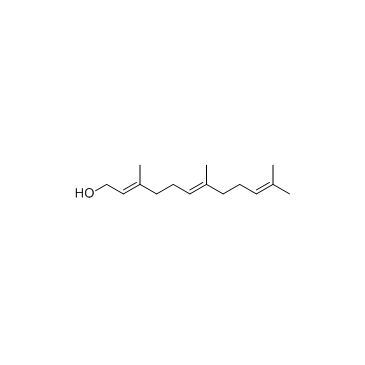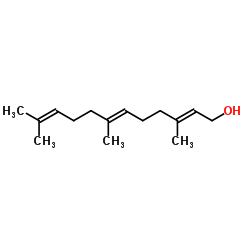| Structure | Name/CAS No. | Articles |
|---|---|---|
 |
farnesol
CAS:4602-84-0 |
|
 |
(2E,6E)-Farnesol
CAS:106-28-5 |